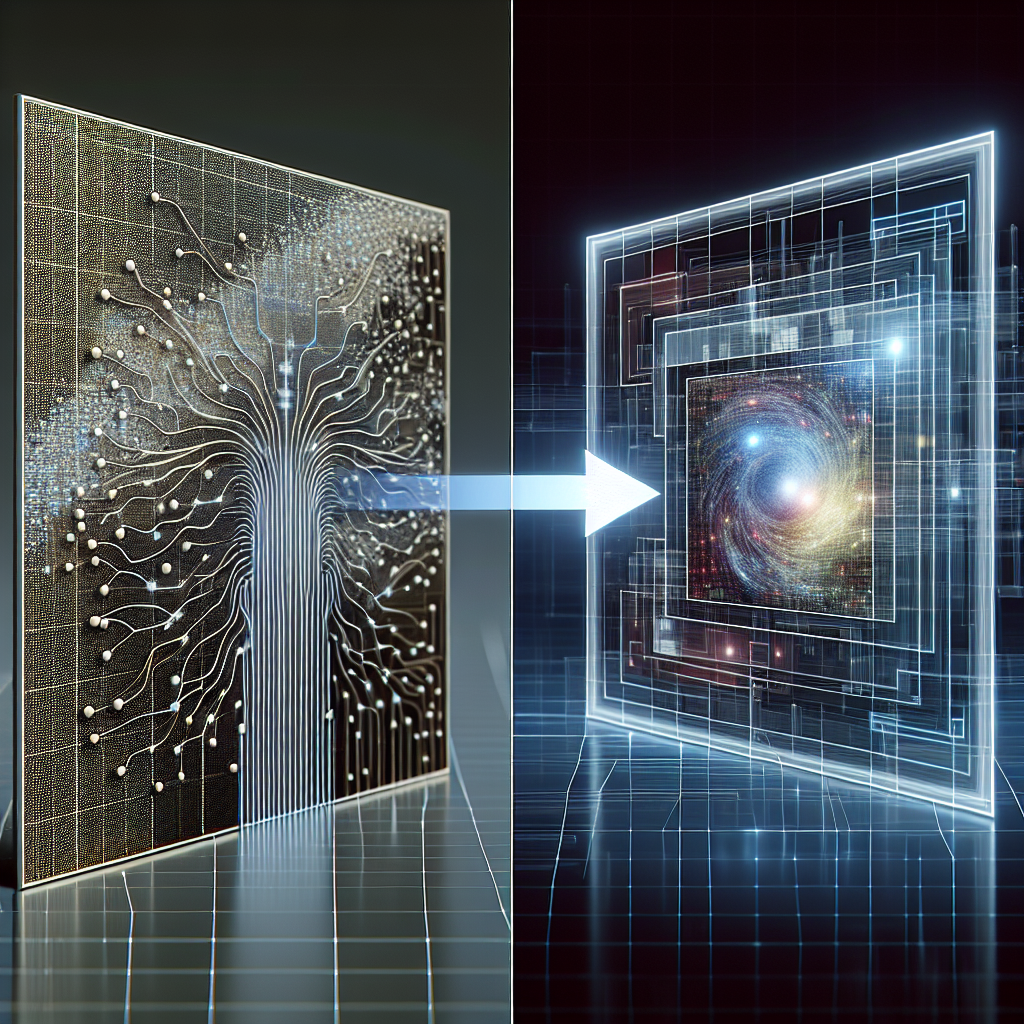Exploring the Boundaries of Image Upscaling: A Deep Dive into Magnific AI's Capabilities
Magnific AI has established itself as a tour de force in the realm of image upscaling and enhancement, asserting its dominance through cutting-edge AI that promises to reimagine and enrich visual content with uncanny precision and detail. But is it all marketing hype, or does Magnific AI truly redefine the boundaries of what AIs can achieve with image processing? Let's dissect its offerings, delve into user experiences, and understand the technology powering this emerging titan in the realm of digital image enhancement.
A Game-Changing Tool for Digital Creatives
The ability of Magnific AI to take low-resolution images and not just upscale them but inject them with finely imagined details sets it apart from its rivals. It's not merely a question of making images bigger; it's about enhancing them to a degree where the added details transcend the original quality, achieving a form of photo-realism that was once the preserve of high-end studios and software.
For artists, this technology unlocks a new level of creativity. Whether it's upscaling AI-generated art or enhancing textures in video game development, Magnific AI appears to be a veritable Swiss Army knife for anyone in the business of image enhancement. Its user interface seems to marry simplicity with powerful tools, providing sliders and presets that offer control over the output without overwhelming the user.
Bridging the Past and Future: Restoration and Gaming
One groundbreaking application of this AI is in the realm of game development and restoration. Whether you're an indie developer looking to inject life into your game environments or a nostalgic gamer wanting to revamp the classics, Magnific AI's texture enhancement features suggest it can handle a wide array of materials with aplomb. This could potentially democratize game remastering, allowing enthusiasts to refurbish old favorites in ways that were previously the domain of well-funded development studios.
However, as is often the case with AI, the devil is in the details—or in this instance, the textures. The AI’s application seems to be limited by the quality of the original material and the type of details required. While it can dramatically improve certain aspects, it can also struggle with preserving the original's authenticity, sometimes altering the fundamental characteristics of the image.
Hands-on Testing: The Proof Is in the Upscaling
No examination of Magnific AI’s prowess would be complete without practical tests. When subjected to the rigors of upscaling a selfie, the AI showcased an impressive ability to enhance fine details such as skin texture and hair, albeit with some peculiar alterations to facial features. The results are a testament to the AI’s capacity for detail, yet they also highlight a tendency to veer into the uncanny valley.
The customability offered through sliders for creativity, HDR, and resemblance is a commendable feature, giving users the leeway to direct the AI’s output. However, the effectiveness of these sliders can be hit or miss, significantly altering the image's authenticity in pursuit of detail.
Moving on to nature scenes and artwork, Magnific AI’s agile handling of complex details and diverse textures stands out. Its capability to identify and upscale various elements within a scene—from foliage to distant landscapes—demonstrates its superior adaptability and suggests that its best results come from images rich in elements and variance.
A Comparison with the Competition
When pitted against its closest competitor, Remini, Magnific AI demonstrates a superior depth of detail and texture fidelity. Remini, while capable in its own right, appears less robust when dealing with the subtle intricacies that Magnific manages to capture and enhance.
Nonetheless, both platforms have their strengths and scenarios where one may outperform the other. This highlights an important aspect of AI-driven image upscaling: the importance of choosing the right tool for the job, based on image content and the level of detail desired.
The Future of Magnific AI and Its Peers
The landscape of image upscaling is dynamic, with Magnific AI at the forefront, continually pushing the boundaries. Its success relies not only on the sophistication of its algorithms but also on its user-friendly approach, which effectively democratizes access to high-quality image enhancement.
The potential of Magnific AI is limited only by the continuous advancement of AI and machine learning technologies. As these algorithms grow more nuanced and capable of interpreting complex visual data, we can expect even more incredible transformations of digital images—transformations that blur the line between the artificial and the real.
In conclusion, Magnific AI stands as a shining beacon in image upscaling, but it is not without its flaws. Its capacity to inject life into pixelated images is unmatched, yet it can sometimes falter by overstepping the bounds of realism. For those ready to embrace the AI revolution in image processing, Magnific AI offers a compelling blend of power and simplicity that sets it apart from its contemporaries.
If you're intrigued by the convergence of AI and image enhancement, or perhaps you're eager to join the ranks of digital restoration enthusiasts, brilliant.org provides a suite of resources to get you started. And while Magnific AI charts its course toward an even more detailed and nuanced future, users can already exploit its current capabilities to spectacular effect—redefining the limits of what AI can achieve in the visual realm.
Related News
- Magnific AI Upscaler - Unleashing Detail at Unprecedented Scales
- The Evolution and Impact of AI Upscaling Technologies
- Navigating the AI Upscaling Ecosystem: A 2024 Odyssey
- Unpacking the Pandora’s Box: A Dive into the Latest AI Transformations
- The Dawn of a New Era in AI Art: Unleashing Creativity with Stability AI's Game-Changer Upscaler
